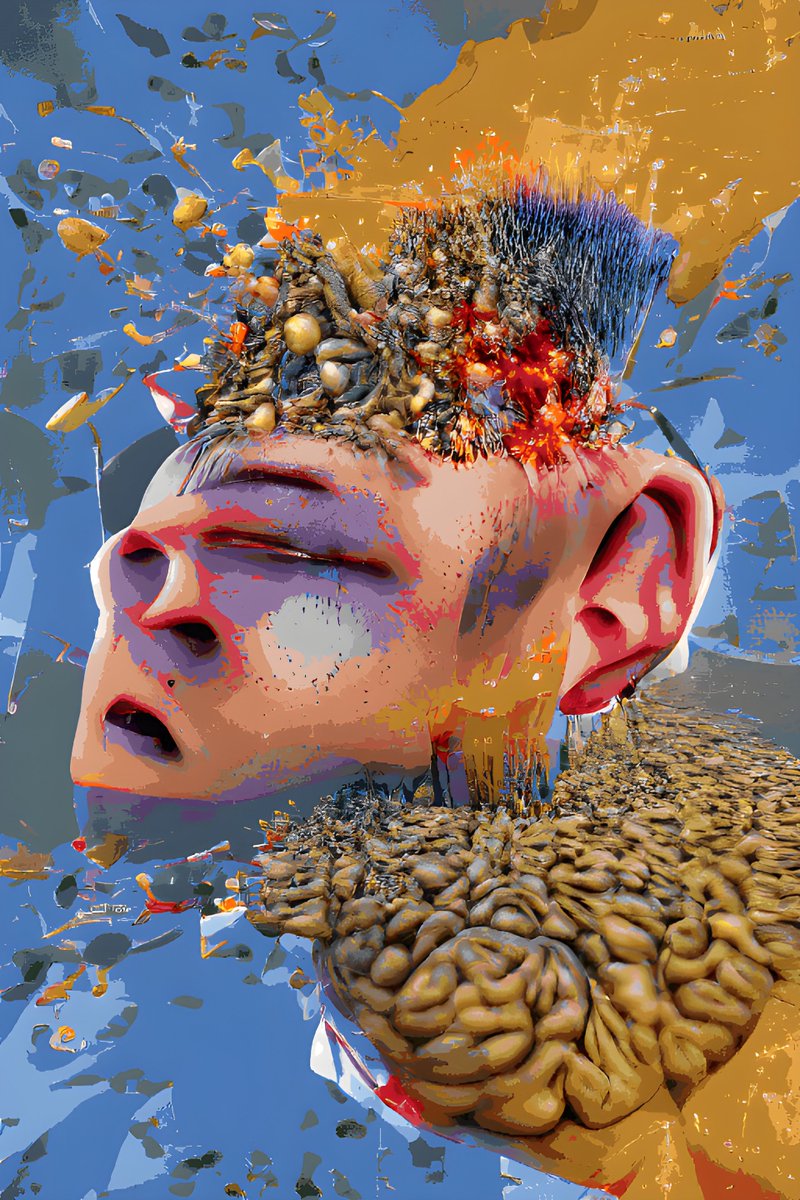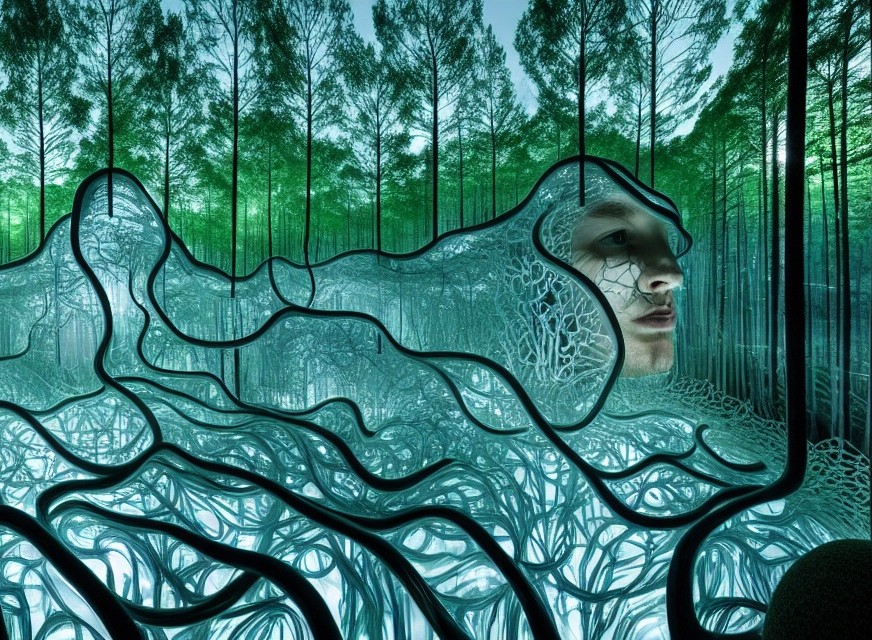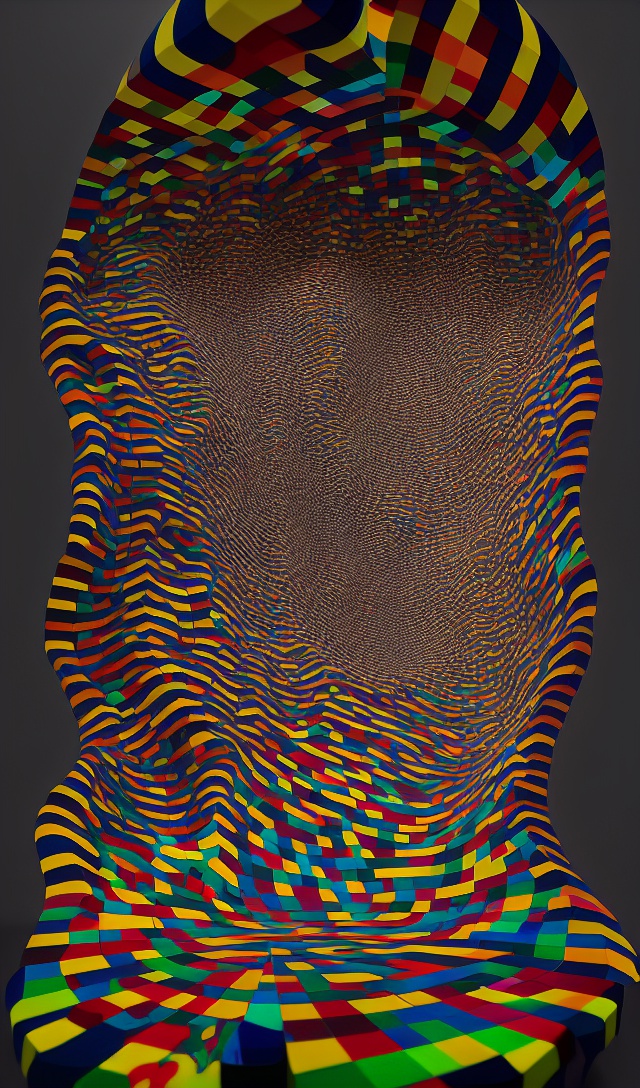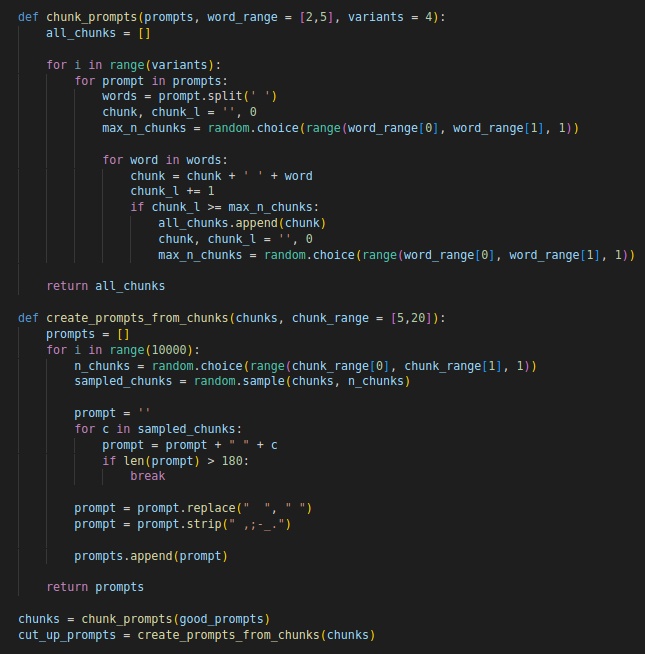Note to self: don't use default matplotlib colormaps to make digital art🤦♂️😅
New samples from my 'color-quantized VQGAN' are looking great!
Here's "𝑨𝒄𝒄𝒐𝒓𝒅𝒊𝒏𝒈 𝒕𝒐 𝑾𝒊𝒕𝒕𝒈𝒆𝒏𝒔𝒕𝒆𝒊𝒏, 𝒂 𝒑𝒊𝒄𝒕𝒖𝒓𝒆 𝒊𝒔 𝒂 𝒎𝒐𝒅𝒆𝒍 𝒐𝒇 𝒓𝒆𝒂𝒍𝒊𝒕𝒚"
#clip #AIart

New samples from my 'color-quantized VQGAN' are looking great!
Here's "𝑨𝒄𝒄𝒐𝒓𝒅𝒊𝒏𝒈 𝒕𝒐 𝑾𝒊𝒕𝒕𝒈𝒆𝒏𝒔𝒕𝒆𝒊𝒏, 𝒂 𝒑𝒊𝒄𝒕𝒖𝒓𝒆 𝒊𝒔 𝒂 𝒎𝒐𝒅𝒆𝒍 𝒐𝒇 𝒓𝒆𝒂𝒍𝒊𝒕𝒚"
#clip #AIart
https://twitter.com/xsteenbrugge/status/1445327569847521281


For the collectors: I've minted some of these on my HEC: hicetnunc.xyz/xander
For the techies:
Turns out sending gradients straight through this rgb-quantization is not great for stability, so I'm also minimizing mean(quant_distances) to keep raw img close to quantized one!

For the techies:
Turns out sending gradients straight through this rgb-quantization is not great for stability, so I'm also minimizing mean(quant_distances) to keep raw img close to quantized one!


• • •
Missing some Tweet in this thread? You can try to
force a refresh






























